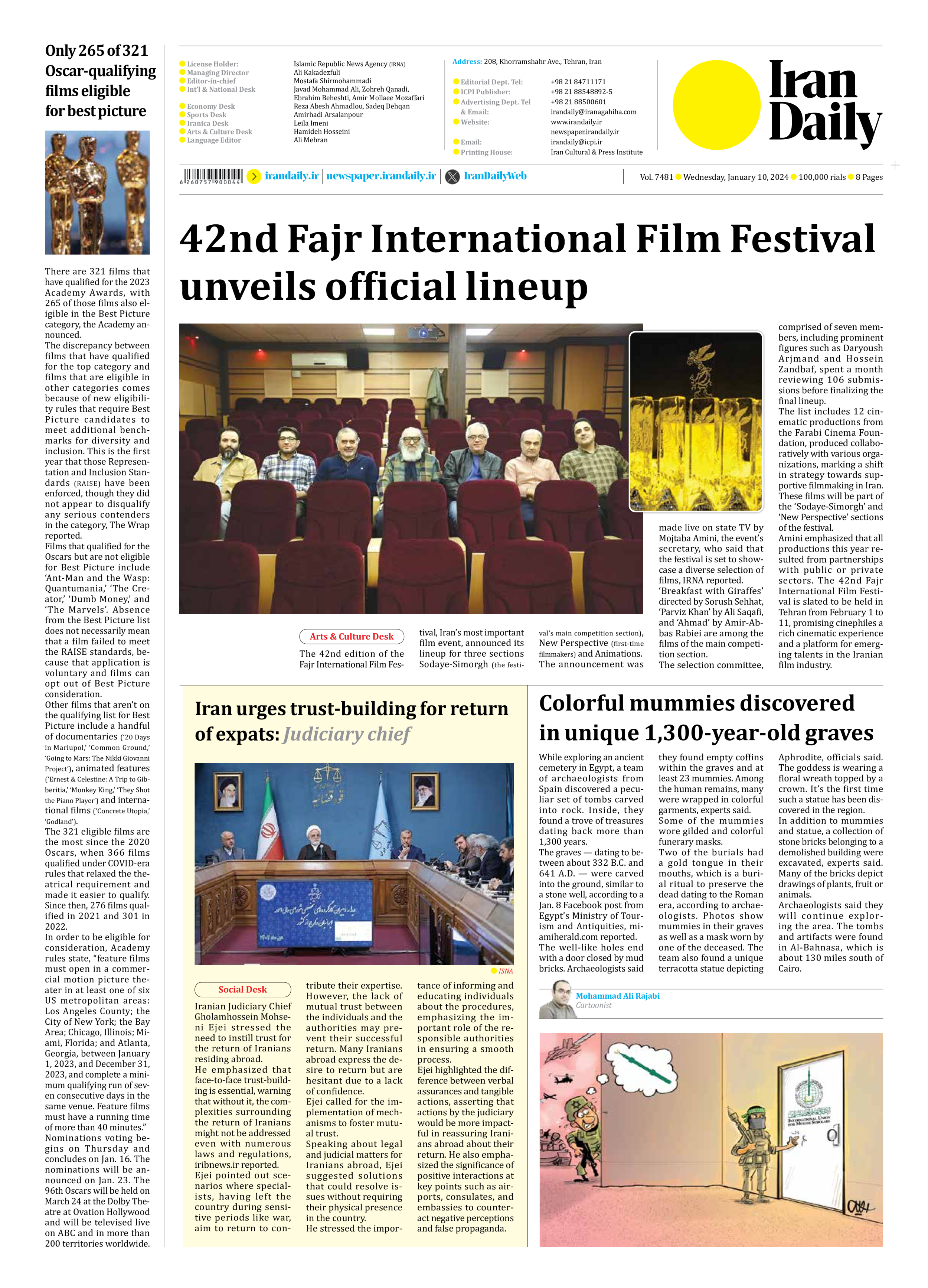
Colorful mummies discovered in unique 1,300-year-old graves
While exploring an ancient cemetery in Egypt, a team of archaeologists from Spain discovered a peculiar set of tombs carved into rock. Inside, they found a trove of treasures dating back more than 1,300 years.
The graves — dating to between about 332 B.C. and 641 A.D. — were carved into the ground, similar to a stone well, according to a Jan. 8 Facebook post from Egypt’s Ministry of Tourism and Antiquities, miamiherald.com reported.
The well-like holes end with a door closed by mud bricks. Archaeologists said they found empty coffins within the graves and at least 23 mummies. Among the human remains, many were wrapped in colorful garments, experts said.
Some of the mummies wore gilded and colorful funerary masks.
Two of the burials had a gold tongue in their mouths, which is a burial ritual to preserve the dead dating to the Roman era, according to archaeologists. Photos show mummies in their graves as well as a mask worn by one of the deceased. The team also found a unique terracotta statue depicting Aphrodite, officials said. The goddess is wearing a floral wreath topped by a crown. It’s the first time such a statue has been discovered in the region.
In addition to mummies and statue, a collection of stone bricks belonging to a demolished building were excavated, experts said. Many of the bricks depict drawings of plants, fruit or animals.
Archaeologists said they will continue exploring the area. The tombs and artifacts were found in Al-Bahnasa, which is about 130 miles south of Cairo.







